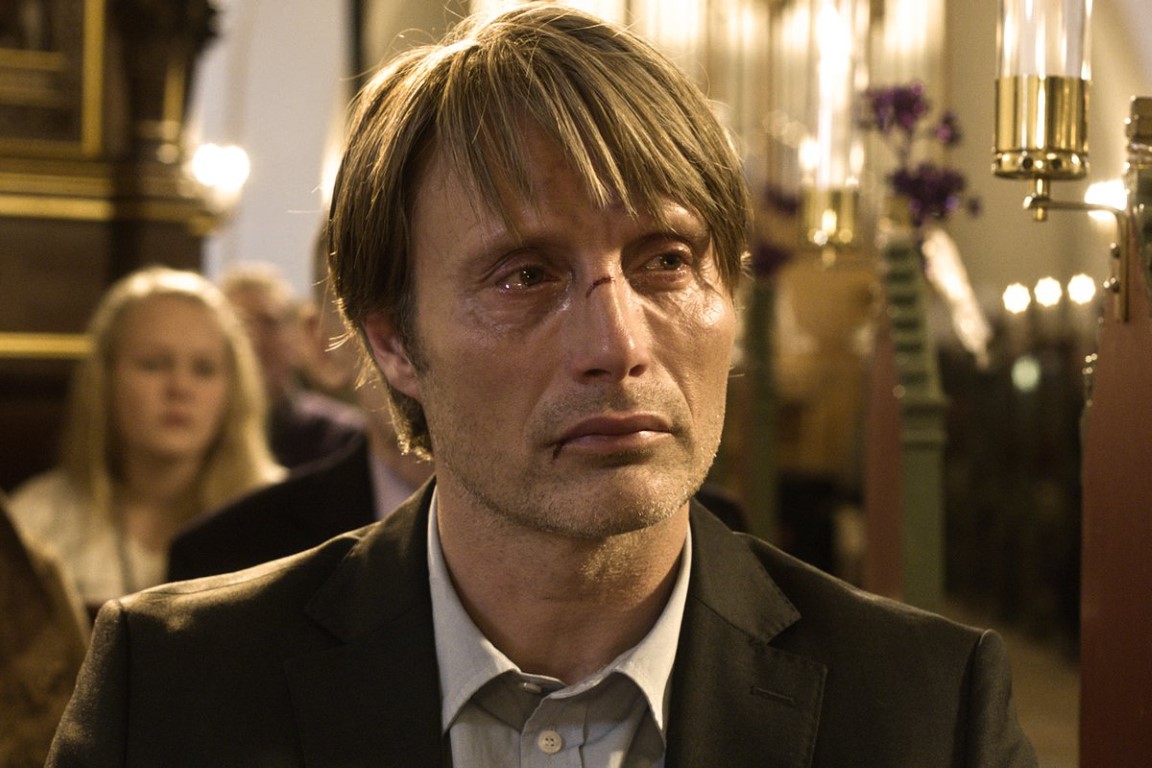Ellen and Robert Silverman perform four-handed piano in Arts at One
By Kealy Doyle, Contributor
[dropcap]T[/dropcap]his week’s installment of the Arts at One concert series saw husband-and-wife team Ellen and Robert Silverman take a full Laura C. Muir Theatre through some of the biggest names in 18th and 19th century classical music: Mozart, Brahms, Dvořák. Only they did it on the same piano, at the same time.
The Silvermans certainly had the pedigree to do the task justice. Ms. Silverman coordinates the Piano Department at Douglas College, and has toured widely as a soloist and chamber player. Mr. Silverman is an acclaimed international concert and orchestral pianist with over 30 recordings to his name, including a 10-CD recording of Beethoven’s sonatas, which was short-listed for a Juno Award. Together, they have performed four-hand and two-piano pieces in BC and the Far East.
Mr. Silverman opened the hour-long performance with a surprising introduction: some of the well-known pieces we typically associate with sweeping orchestras or a solo virtuoso—Brahms’ Requiem and Dvořák’s Slavonic Dances—were originally written for four-handed piano. He and Ms. Silverman then launched into a strident, fluid account of one of the most familiar Mozart compositions from his later period: the Allegro from Eine Kleine Nachtmusik. The four-handed arrangement by Otto Singer preserved much of the full, rich sound of the original string orchestra. Side by side, heads bobbing in concert with the delicate trills and shifting dynamics, the Silvermans gave fresh life to old music and set the tone for the technically excellent hour to follow.
Elegant phrasing and elegant playing continued into the Nachtmusik’s Romance and Minuet. Tumbling, trilling melodies flowed from the Steinway’s polished keyboard, Mr. Silverman occasionally breathing the beat as they reached a particularly satisfying resolution. The concluding Rondo was brisk yet flawless. At the bass end of the piano, Ms. Silverman picked out a confident counterpoint to Mr. Silverman’s agile treble.
After buoyant applause, the atmosphere grew pensive with the resounding opening notes of the Selig sind (“Blessed are they that mourn”) from Brahms’ Ein Deutsches Requiem, completed in 1868. It was Mr. Silverman’s turn to provide a stately, measured bass line, which built to a powerful crescendo. At times, the Silvermans swayed with the swell of emotion—surging and receding as it veered between sombre and hopeful. The contemplative mood persisted into Denn alles Fleisch es ist wie Gras (“For all flesh, it is as grass”). The Silvermans united in big, mournful chords disintegrating into a beautiful descending motif, which returned throughout the lengthy piece.
[quote style=”boxed”]…the urgency of the thundering crescendos were reflected in Mr. and Ms. Silverman’s faces as they rose forward with the music. It was a pleasure to see such unity between piece and performer.[/quote]
Both Brahms pieces are normally performed with a full choir and orchestra. Little can compare with the sheer power and resonance of so many instruments, particularly skilled voices, for immersing the audience in the emotion of such charged, solemn compositions. But the lone piano had a dignity of its own, and the urgency of the thundering crescendos were reflected in Mr. and Ms. Silverman’s faces as they rose forward with the music. It was a pleasure to see such unity between piece and performer.
The pace and mood lifted again with the first of Dvořák’s Slavonic Dances, Furiant, which echoed the crisp allegro of the opening Mozart. This was playful and determined, tumbling and climbing as Mr. and Ms. Silverman echoed one another. The second of the Dances, Dumka, is instantly recognizable: lilting, exotic, and intriguing. The rapid, complex phrases always return to a satisfying reminder of the main melody. The Silvermans handled it with ease.
The final dance, also named Furiant, was appropriate: pounding, uplifting, and punctuated by rising and falling interludes. The finale was triumphant, and the Silvermans’ pleasure evident as they finished the final, decisive chord. It was certainly an expression matched by the audience, whose applause was heartfelt.
The four-handed sound certainly impressed many listeners. “I’ve sung the German Requiem with the choral society and I’ve never heard it arranged like that,” said audience member Anne Norman, who’d taken a half-day vacation from work to attend the performance. “It’s so expressive. It’s just amazing that they’re hitting keys and this sound is coming out.”
“This is a real treat,” added Jane Player. “We’re so fortunate to have this.”
The Arts at One series continues on February 9 with a student showcase. Performances are free to attend and begin every Thursday at 1 p.m. in the Laura C. Muir Performing Arts Theatre, New Westminster campus.
What: Arts at One presents Student Showcase
Where: Laura C. Muir Performing Arts Theatre
When: Thursday, February 9 (this Thursday!)
Cost: Free!


